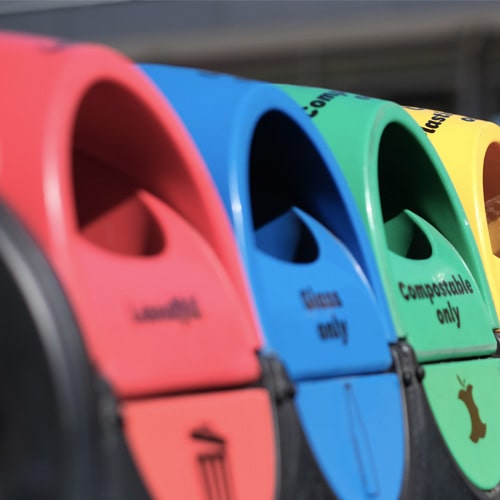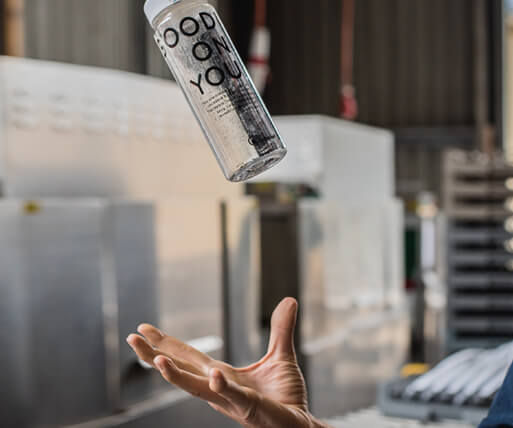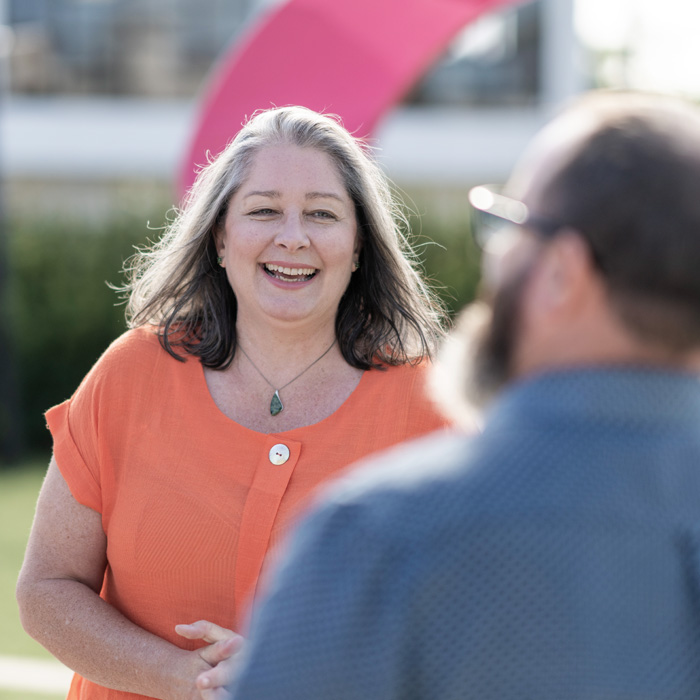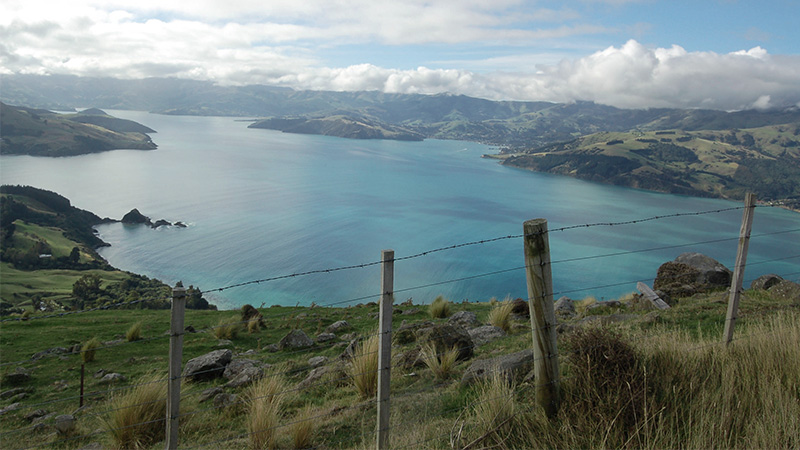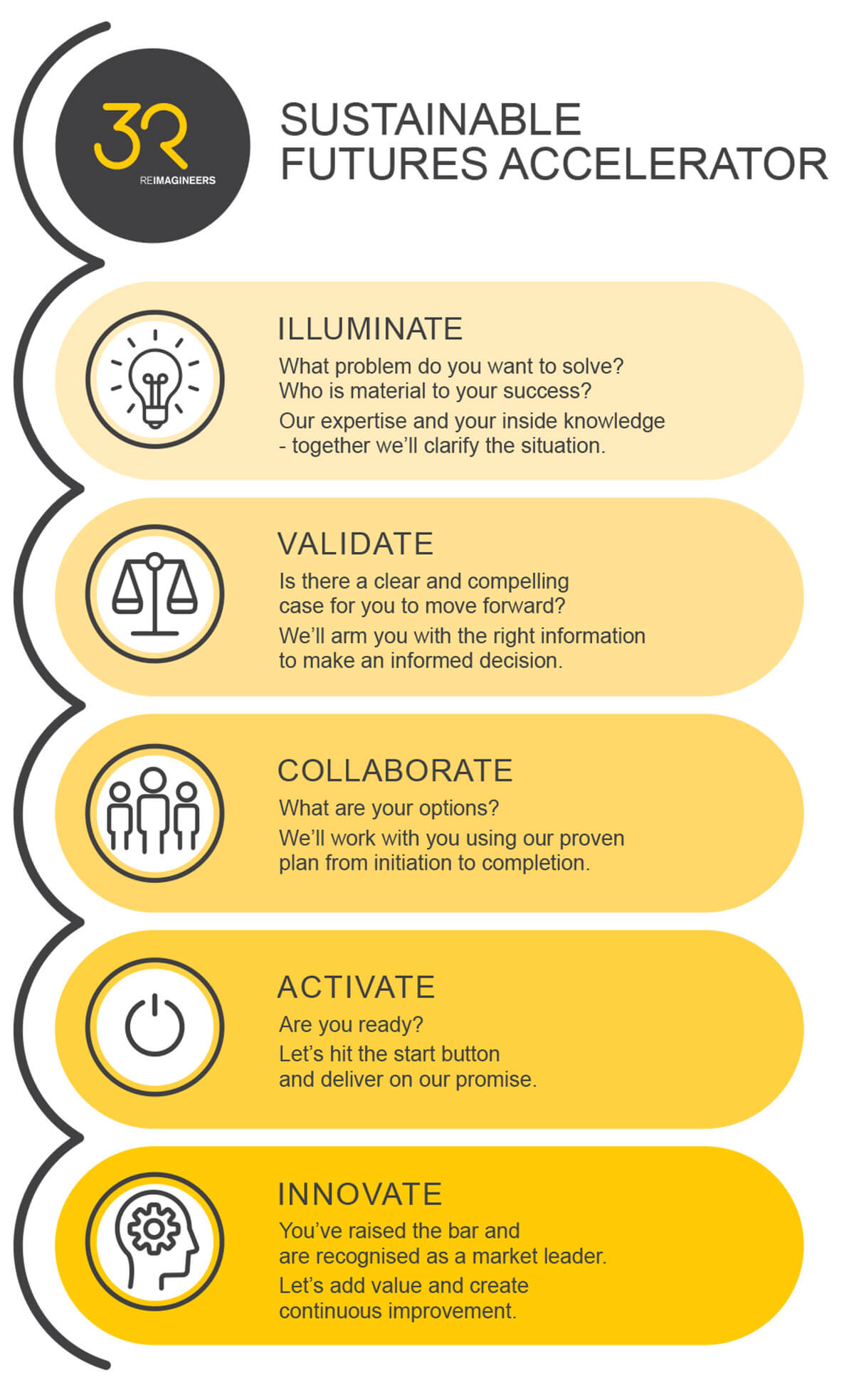Sustainable New Zealand – how far have we come?
This article is part of our e wana ake series, reflecting on 3R’s 20 years in business.
Think back 20 years. Do you remember anyone talking about a “circular economy”, or “product stewardship”? Climate change – and action – is now firmly embedded in the public consciousness and on government’s agenda. It’s taken longer for people and governments to see waste and how we deal with it as an issue we can and should also be taking urgent action on.
Despite growing awareness about sustainability and waste reduction, we’ve spent two decades in the OECD’s top 10 waste producers. The latest data, from 2022, put us in fourth place.
World leading in the wrong measures
In 2004, the year 3R Group was founded, Aotearoa New Zealand was still very secure in its international reputation as “clean and green” – thanks in part to effective marketing.
In truth was we were one of the worst in the OECD in terms of waste produced per person. In 2004 we were the second highest behind the United States, according to oecd.org.
Despite growing awareness about sustainability and waste reduction, we’ve spent two decades in the OECD’s top 10 waste producers. The latest data, from 2022, put us in fourth place.
In recent years these stats have made it into the headlines, calling out our wasteful ways and growing public awareness.
Our evolving understanding of sustainability
The annual, Kantar (then Colmar Brunton) Better Futures report, which surveys New Zealanders on a range of environmental and social issues, shows there has been a rising concern among the public about environmental issues, most prominently in the past seven or eight years.
By 2016 the report found environmental issues were among the fastest rising concerns and 2017 saw “the buildup of plastic in the environment” and “cleaning up of NZ waterways” enter the top 10 concerns among Kiwis for the first time.
In 2020 – the year the Government declared a climate emergency – half of respondents said they had taken action on climate change.
In 2024, while social and economic issues such as the cost of living and the protection of children continue to top the list of people’s concerns, the list of environmental concerns is diverse. This year managing our waste and recycling entered the list for the first time, at number three, ahead of the impact of climate change.
At the same time, the report notes that the eco-actives segment is becoming more mainstream, and the two most environmentally active segments totalled 65% of those surveyed.
Consumer demand and cost efficiencies drive business action
Few things drive change in the business landscape like consumer demand. It makes sense then that sustainability actions by New Zealand business followed a similar trend to consumers.
Where once it was simply about the best price and service, many businesses have pivoted to more sustainable practices – both environmentally and socially – to meet public demand. It’s also proven to be just good business, with sustainability-focused organisations creating efficiencies, new opportunities, and competitive advantage, including attracting and retaining staff who increasingly look for values alignment with an employer.
Among the pioneers of waste reduction in Aotearoa New Zealand, we count our foundation partner, Resene. Their PaintWise paint and packaging product stewardship scheme, beginning back in 2005 has since seen millions of litres of paint returned and hundreds of thousands of kilograms of plastic and metal recycled.
Other early movers in the product stewardship landscape are the Glass Packaging Forum, formed in 2006 to improve glass recycling, and Recovery Trust (now Cool-Safe) who have been recovering environmentally damaging refrigerant gases from their industry for a couple of decades.
Another driver for business action has been the need to ensure market access in export destinations with stricter environmental requirements than our own domestic market. We’ve seen New Zealand’s biggest exporters respond, when it comes to emissions reduction. As our products enter markets where they need to comply with product stewardship provisions, having a plan to reduce waste from products and their packaging is becoming increasingly important.
Conversely, we have little chance of reducing waste from the products we import without having similar systems in place.
From government strategy to government action
Some countries have been quicker to move on waste and are now reaping the benefits. Singapore established a Ministry of Environment in 1972 (14 years ahead of New Zealand) and introduced a “green labelling system” in 1991 to promote sustainable consumption and environmentally friendly products. It has continued to lead the way in early adoption of sustainability-focused legislation. Taiwan led the way for extended producer responsibility (product stewardship) with a scheme for what we now term e-waste, legislated back in 1998. Holland has had a vision of being a circular economy hotspot since 2016, and a circular economy roadmap has been in place in Canada since 2016.
In Europe, where “environmental action programmes” date back to the early 1970s, product stewardship schemes have been commonplace for decades. The first of these came into effect in Germany in 1991 which required manufacturers and distributors to take back packaging from consumers as well as ensure a specified percentage of it was recycled.
New Zealand’s 2002 Waste Strategy had admirable goals; to reduce the cost, risk, and environmental damage caused by waste while increasing economic opportunities from resource recovery. Then in 2008, the Waste Minimisation Act laid the groundwork for regulated product stewardship, introduced changes to the waste disposal levy to create the Waste Minimisation Fund, and required local and regional councils to adopt waste minimisation plans.
However, many of the provisions of the Act were not implemented and our record on waste barely budged.
Things started to change when the provisions for product bans was used to ban single use plastic shopping bags in 2019, followed up with phase-outs of some single-use plastic items and hard to recycle plastic packaging. Increases to the waste levy also added incentive to reduce waste.
Then in 2020 the declaration of six priority products, which opened the door for systemic change via regulated product stewardship.
Where to next?
In 2022 Te Rautaki Para, a new waste strategy laid out clear waste reduction targets and put the circular economy – and product stewardship as one means to achieve it – at the heart of governmental and societal action on waste. It signals the need for updated legislation if we are to achieve its intent, including making provisions for regulated product stewardship less cumbersome and easier to implement than is currently the case.
While there are always competing issues on the legislative and political agenda, this is one where New Zealanders, business and government can all agree on the outcomes we want – less waste, fewer emissions from waste, and the economic opportunities the circular economy can bring. Te Rautaki Para provides a vision for how.
The businesses we work with share that vision too. We invite every business in Aotearoa New Zealand – every New Zealander too – to take a look at what they can do and jump on the waka for the ride.
E wana ake – strong roots, flourishing shoots.

